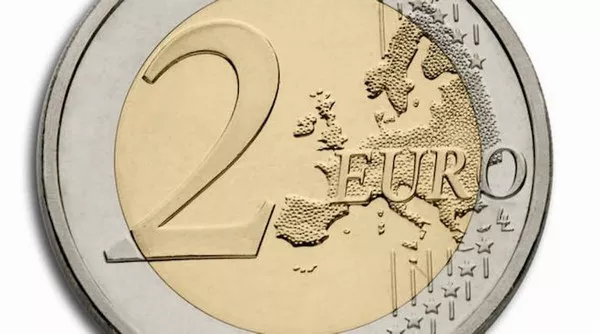In recent months, the Eurozone has been grappling with a persistent challenge that has raised concerns among policymakers, economists, and citizens alike – soaring inflation. The unexpected surge in prices has left many questioning the factors contributing to this phenomenon and its potential implications on the region’s economic stability. In this article, we delve into the intricacies of the current high inflation in the Eurozone, examining key drivers and discussing the possible strategies that authorities may employ to address the situation.
Understanding the Basics:
Before dissecting the specific reasons behind the surge in inflation, it is essential to grasp the fundamentals of this economic indicator. Inflation, defined as the rate at which the general level of prices for goods and services rises, erodes the purchasing power of a currency. The European Central Bank (ECB), responsible for monetary policy within the Eurozone, aims to maintain price stability, with an inflation target of close to but below 2%.
Recent Inflation Trends:
The Eurozone’s inflation rate has been on an upward trajectory, consistently surpassing expectations and breaching the ECB’s target. The latest data reveals an inflation rate well above 3%, a level not seen in over a decade. This surge has prompted concerns about the potential impact on consumer spending, investment, and overall economic growth.
Drivers of High Inflation:
Global Supply Chain Disruptions:
One of the primary drivers of elevated inflation in the Eurozone is the global supply chain disruptions triggered by the COVID-19 pandemic. The pandemic disrupted production processes worldwide, leading to shortages of raw materials, intermediate goods, and finished products. As the Eurozone heavily relies on international trade, these disruptions have led to increased costs for businesses, which are then passed on to consumers in the form of higher prices.
Rising Energy Prices:
Another crucial factor contributing to the surge in inflation is the substantial increase in energy prices. The geopolitical tensions and supply chain issues have disrupted oil and gas production, leading to a sharp rise in energy costs. Given that energy is a fundamental input in various industries, the cascading effect on prices throughout the economy is inevitable.
Fiscal and Monetary Policies:
The Eurozone, like many other regions, implemented expansive fiscal and monetary policies to counter the economic fallout of the pandemic. While these measures were crucial in preventing a more severe economic downturn, they also injected a substantial amount of money into the economy. The increased money supply has the potential to drive up demand, leading to higher prices for goods and services.
Wage Pressures:
Wage pressures can also contribute to inflation. As labor markets tighten and workers demand higher wages to cope with rising living costs, businesses may pass these higher labor costs on to consumers. The push for higher wages in response to inflation can create a feedback loop, further fueling the inflationary pressures.
Pent-up Demand:
The reopening of economies post-lockdown has unleashed pent-up demand, leading to a surge in consumer spending. This sudden increase in demand, coupled with supply chain constraints, has created an environment where prices for goods and services are driven upwards.
Policy Responses:
Addressing high inflation requires a comprehensive and balanced approach. The ECB and national governments within the Eurozone are actively considering various measures to mitigate the impact of inflation:
Monetary Policy Adjustments:
The ECB has signaled its willingness to adjust monetary policy to maintain price stability. This may involve reevaluating interest rates and other unconventional tools to control the money supply. Striking the right balance to support economic recovery while preventing excessive inflation will be crucial.
Supply Chain Resilience:
Efforts to enhance supply chain resilience and reduce dependency on a few key suppliers are essential to mitigate the impact of disruptions. Diversifying sources of key inputs and promoting local production could contribute to a more robust and flexible supply chain.
Energy Transition:
Given the significant role of energy prices in driving inflation, accelerating the transition to renewable energy sources and investing in energy efficiency measures can help reduce vulnerability to fluctuations in fossil fuel prices.
Labor Market Policies:
Policymakers must carefully navigate labor market policies to address wage pressures without stifling economic recovery. Training programs, skill development initiatives, and measures to enhance labor market flexibility can contribute to a more balanced labor market.
See Also What Happens If The Euro Weakens?
Conclusion:
The current high inflation in the Eurozone is a multifaceted challenge that demands a nuanced and coordinated response from policymakers. While the global supply chain disruptions and rising energy prices have played a pivotal role, the impact of fiscal and monetary policies, wage pressures, and pent-up demand cannot be ignored. Striking the right balance between supporting economic recovery and maintaining price stability will be the key to navigating these challenging times. As the Eurozone authorities continue to monitor and adapt their strategies, a comprehensive and collaborative approach will be crucial to ensure the region’s economic resilience in the face of evolving inflationary pressures.


